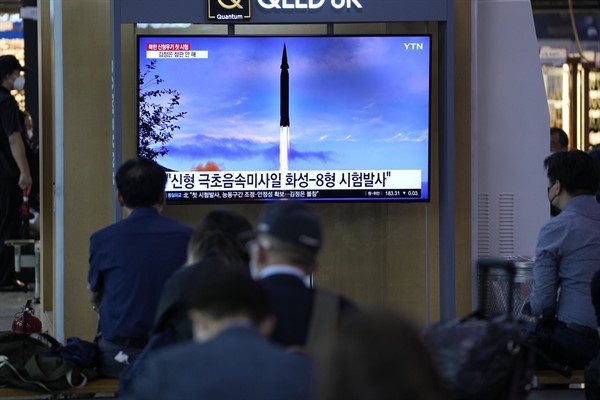In July, an obscure but important body called the China Academy of Launch Vehicle Technology announced the 77th launch of the Long March 2C orbital launch vehicle, a workhorse of China’s ballistic missile and space programs. Then, in late August, a little more than a month later, the academy announced the Long March’s 79th launch.
At a minimum, for the specialists who monitor such things, the omission of a 78th launch seemed to portend something odd and potentially momentous. Now, nearly two months later, following a scoop by the Financial Times, the world found out that China has begun testing a terrifying new weapons system that few had expected to be so far along in its development.
The rocket reportedly carried a hypersonic missile that can fly through low-earth orbit, before gliding toward a target at five times the speed of sound, all while potentially conducting evasive maneuvers and adjustments in descent. Making a weapon like this all the more troublesome, from the perspective of a defender, is that it can be routed over the South Pole, where the United States’ early detection infrastructure is particularly weak, because Washington’s defensive focus has always been on the Northern Hemisphere.

